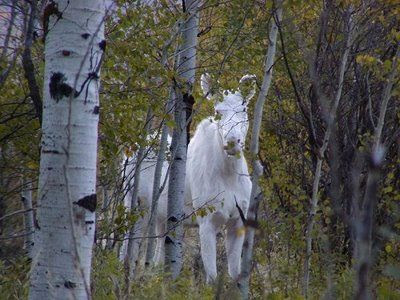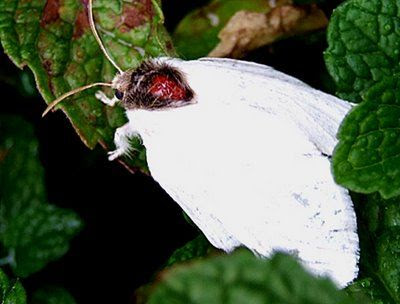Albino Seal
The true seals or earless seals are one of the 3 main groups of mammals within the seal suborder, Pinnipedia, and sometimes called crawling seals to distinguish them from the fur seals and sea lions of family Otariidae. Fur seals are much more closely related to sea lions than true seals, and share with them external ears, relatively long and muscular foreflippers, and the ability to walk on all fours. They’re marked by their dense underfur, which made them a long-time creature of commercial hunting.
Albino Whale
Whales are marine mammals which include the blue whale — the largest animal alive today. Orcas, colloquially referred to as killer whales, and pilot whales have whale in their name but for the purpose of classification they’re actually dolphins.
Albino Fish
The leucistic Long Finned Oscar is native to Peru, Colombia, Brazil and French Guiana and occurs in the Amazon river basin, along the Amazonas, Iça, Negro, Solimoes and Ucayali river systems, and also in the Approuague and Oyapock drainages. In its natural environment the species typically occurs in slow moving white-water habitats, and has been observed sheltering under submerged branches. Feral populations also occur in China, northern Australia, and Florida, US, as a by-product of the ornamental fish trade.
Albino Turtle
Turtles are reptiles of the order Testudines, their body mostly shielded by a special bony or cartilaginous shell developed from their ribs. The earliest known turtles date from 215 million years ago, making turtles one of the oldest reptile groups and a more ancient group than lizards and snakes. About 300 species are alive today, but some are highly endangered.
Albino Frog
Frogs are amphibians in the order Anura, characterized by long hind legs, a short body, webbed digits (fingers or toes), protruding eyes, and the absence of a tail, most noticeable by their call, which can be widely heard during the night or day, mainly in their mating season. Most frogs have a semi-aquatic lifestyle, but move easily on land by jumping or climbing.
Previous















































